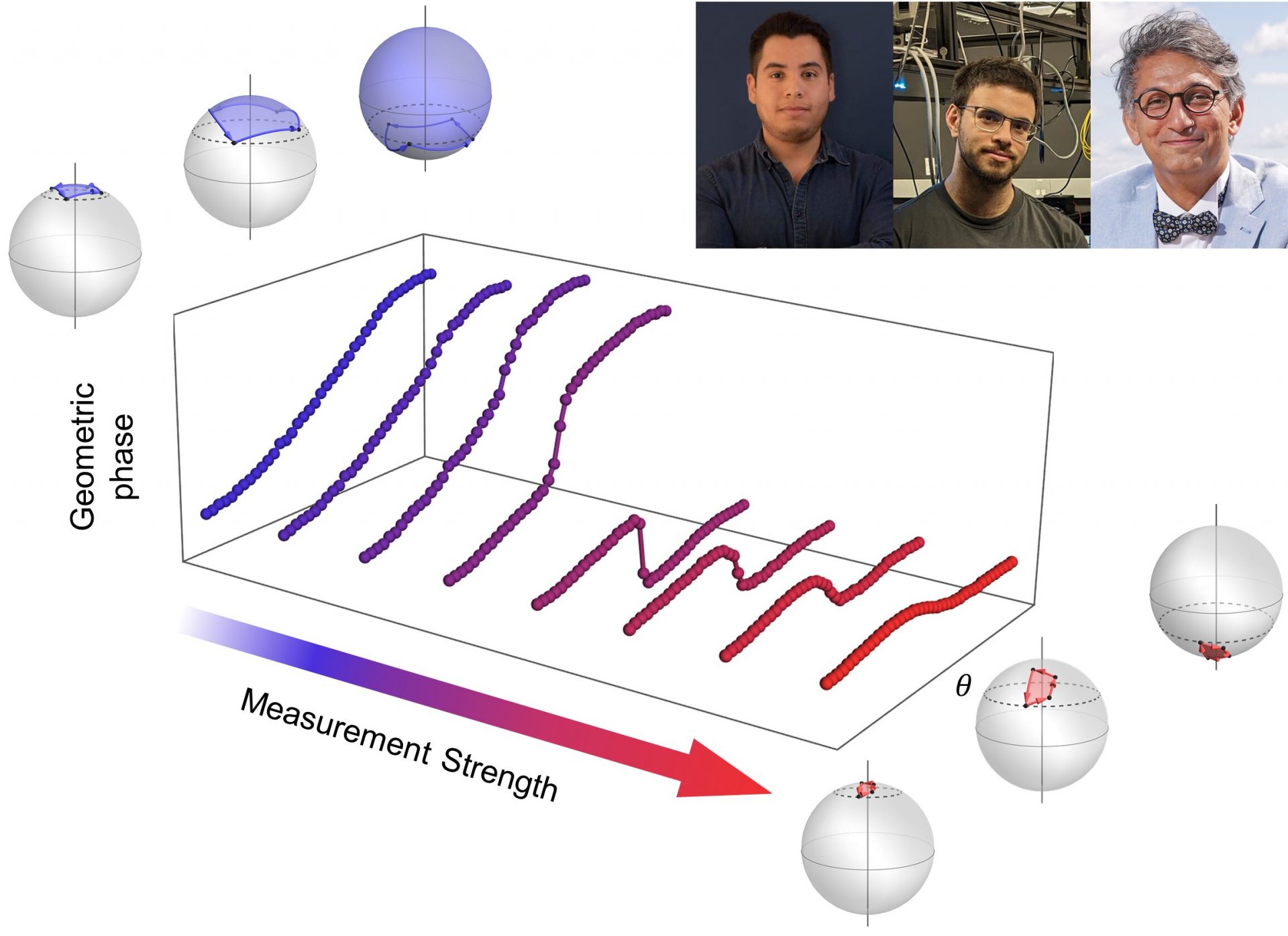Researchers from the University of Ottawa (uOttawa), in collaboration with the Weizmann Institute of Science and Lancaster University, have made a groundbreaking discovery. They have observed a hidden quantum transition that can only be seen depending on how observers perform measurements. This exciting research, titled “Topological Transitions of the generalized Pancharatnam-Berry phase,” was published in Science Advances on 24 November 2023.
The scientific method relies on accurate measurements and comparing them to previous results. Scientists use measurement devices, or meters, to quantify physical properties. However, the process of measuring raises an intriguing question: does measuring a parameter alter the system being measured? In the context of quantum mechanics, the act of measurement can significantly impact the system under observation. Led by Yuval Gefen and Ebrahim Karimi, the research team developed a sophisticated protocol to observe this measurement-driven topological transition.
Their protocol involved a cyclic sequence of measurements on the polarization state of photons emitted from a laser source. The team discovered that while the topological transition remains intact despite imperfections, it is also sensitive to these imperfections. This delicate balance between system integrity and external influences highlights the complexity of advanced scientific explorations.
In quantum mechanics, the entirety of a quantum system’s state is encapsulated within its wave function. To learn about the state, the system interacts with measuring devices. Conventionally, scientists use projective measurements, which collapse the wave function to a specific state aligned with the measuring device’s states. This process yields information but also alters the initial quantum state. However, it is possible to devise measurement protocols that minimally influence the system, leading to somewhat indeterminate readings. This concept opens up new avenues for exploring quantum systems and their interactions with measuring devices, revolutionizing quantum measurement techniques.
Another fascinating aspect of quantum phenomena is their deep connection with topological concepts. Topology, a branch of mathematics, studies properties that are invariant or change discontinuously under continuous deformations. In this research, the scientists observed a topological transition when the measurement strength changes from strong to weak. This transition involved the behavior of the Pancharatnam-Berry phase, a mathematical concept. The impact of this research extends beyond fundamental physics, as it has the potential to be used in sensing applications or characterizing optical elements.
This groundbreaking study showcases the intricate relationship between measurement, quantum systems, and topological concepts. It paves the way for further exploration and opens up new possibilities in the field of quantum mechanics.








